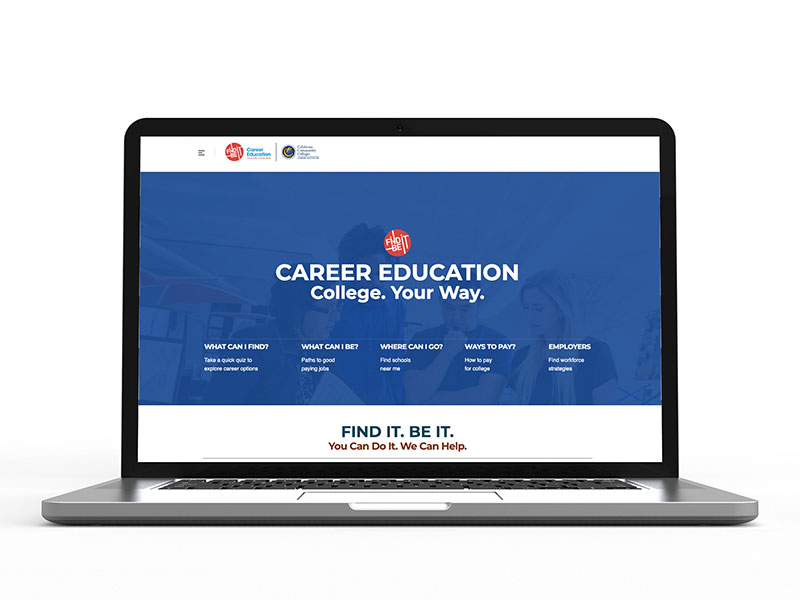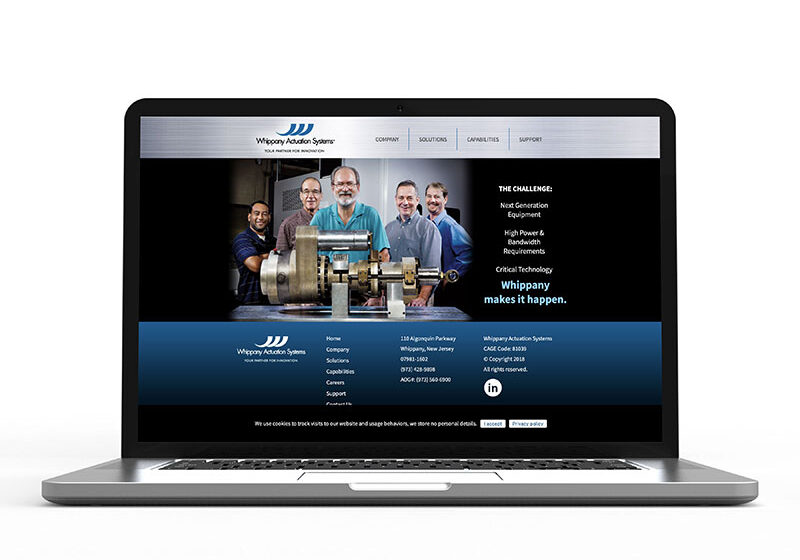A business should strive to reach their full potential audience. Speaking to everyone - regardless of how they "listen" - is crucial. And, in many cases, legally required. That's another topic. Today, I'm talking about how making a website ADA compliant has a number of add-on benefits beyond accessibility.
Properly Structured Content Guides Users Through a Website
To follow WCAG2.1 guidelines (our technical roadmap for making a website ADA compliant), we need to properly structure content hierarchies so that assistive devices can use that structure as a table of contents, and allow users to navigate through pages by using a keyboard, voice commands, or other means. This content hierarchy also informs what content on the page is of primary importance.
This same content structure also perfectly tells Google and other search engines what your website pages (and business) are about. In the process of making a website ADA compliant, we consciously utilize this to boost on-page search engine optimization.
Content that is visible to everyone, is more visible to search engines
Users with sight limitations can struggle with images that aren't properly tagged with descriptive text. Same with search engines. Website ADA compliance requires images on a website that provide information or visually describe something (that is, anything that isn't an ornament or decorative) be tagged for screenreaders and other assistive devices. These tags can (and should) be written in such a way as to emphasize your business's key search terms naturally. Since we need to use them to make a website ADA compliant, we might as well make them work for us.
Having your site components in the right place makes it easier for everyone
The core components of a website page - header, navigation, footer - need to be set up behind-the-scenes to allow screenreaders to interpret them in a logical fashion, and keyboards to navigate through intuitively. There are several other considerations but that's the gist. This logical, intuitive structure is something search engines loooovveeee...and as in our previous example, eat up when indexing your website. Again, we need to do this to make a website ADA compliant, and, we can use it to our advantage.
This might sound like we need to hew to a standardized website layout to make it compliant - far from it. An innovative site design and layout doesn't preclude ADA compliance. The design just needs to be executed by knowledgeable front end developers. As long as this page structure is correct, the website designer and design - the "skin" over the code, can go wild.
You get free content for your website
Once a business is the proud standard-bearer of the WCAG2.1 guidelines, most choose to post an Accessibility Statement somewhere on their website. This page can be a boon to a smaller website. Peppered with a company name, and written with some creativity, this page can provide long-form content that intralinks throughout the website, reinforcing keyword signals and giving search engines some meat to dig through as they learn about your website. It's hard to come up with 900+ words for a page, here's one for doing the right thing.
Making a website ADA compliant is the right thing to do
Artificial Intelligence is constantly evolving and improving. 15 years ago, a pile of spam keyword links in a white font on a white background of a website might have fooled search engines into ranking it. 10 years ago, those same keyword links, but visible, with some text, would have been scattered across a network of backlink sites. 5 years ago, they would have appeared in blog posts on shady websites. The reason why they couldn't just stay white on white? Google is always learning, and penalizing bad behavior.
Search Engines increasingly reward websites that clearly state what they are and are true in their intentions and information contained therein. ADA compliance can play a big role in that. Beyond making your website and information accessible to everyone (plus search engines), we will shortly reach a point where that accessibility will be rewarded in and of itself. The above are add-on benefits of making a website ADA compliant. But in the end, your website being usable to everyone is the goal, and the rest is gravy. Contact us below to find out how we can make some.



